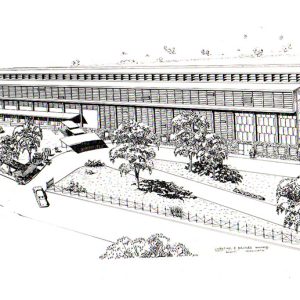 Oaklawn Architectural Drawing
Oaklawn Architectural Drawing
Entry Category: Recreation and Sports - Starting with O
 Oaklawn Architectural Drawing
Oaklawn Architectural Drawing
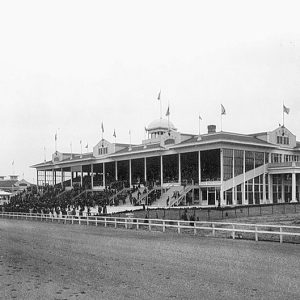 Oaklawn Park
Oaklawn Park
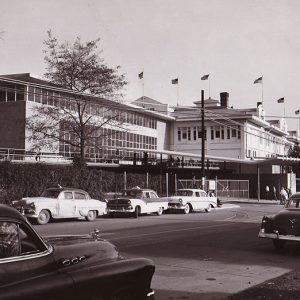 Oaklawn Entrance
Oaklawn Entrance
 Oaklawn Reopening
Oaklawn Reopening
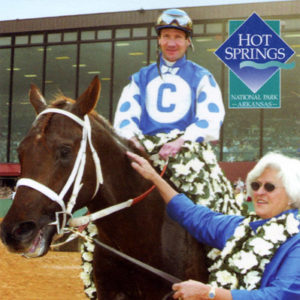 Oaklawn Park Racetrack Trading Card
Oaklawn Park Racetrack Trading Card
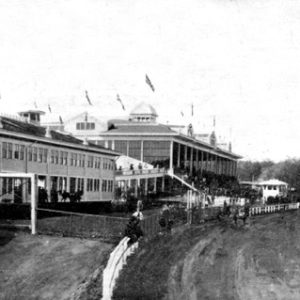 Oaklawn Racetrack
Oaklawn Racetrack
Oaklawn Racing Casino Resort
aka: Oaklawn Park Racetrack
aka: Oaklawn Jockey Club
aka: Oaklawn Racing and Gaming
 Oaklawn Track
Oaklawn Track
 Oaklawn Upper Deck
Oaklawn Upper Deck
Ohio Club
Oil Town Festival
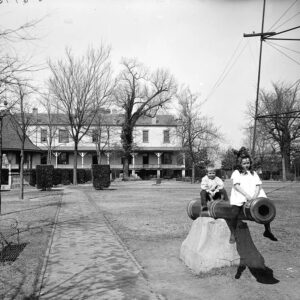 Old Barracks
Old Barracks
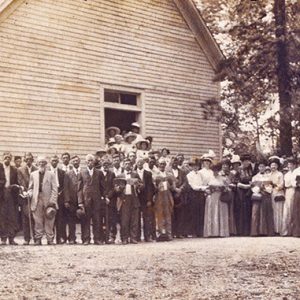 Old Folks' Singing
Old Folks' Singing
Old Folks’ Singing
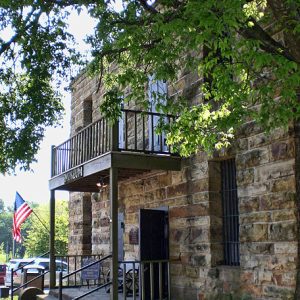 Old Jail Museum
Old Jail Museum
Old Kia Kima
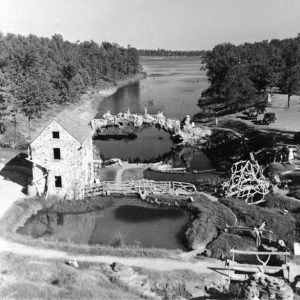 Old Mill
Old Mill
Old Mill
 Old Mill Visitors
Old Mill Visitors
 Old Mill
Old Mill
Olympians
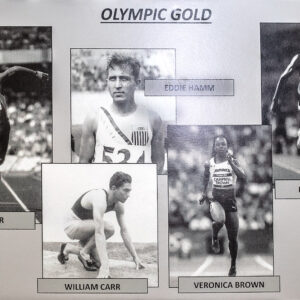 Olympic Gold
Olympic Gold
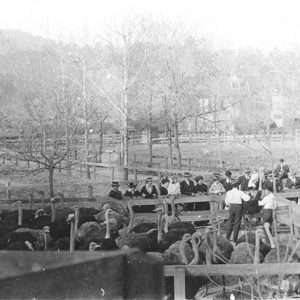 Ostrich Farm
Ostrich Farm
Ostrich Farm in Hot Springs
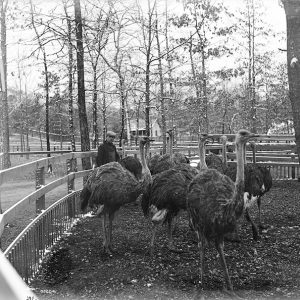 Ostrich Farm in Hot Springs
Ostrich Farm in Hot Springs
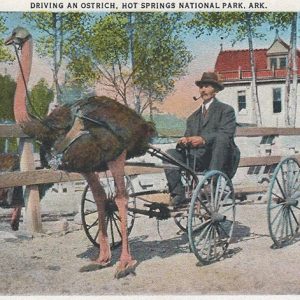 Ostrich Farm Postcard
Ostrich Farm Postcard
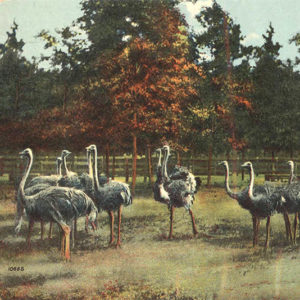 Ostrich Flock
Ostrich Flock
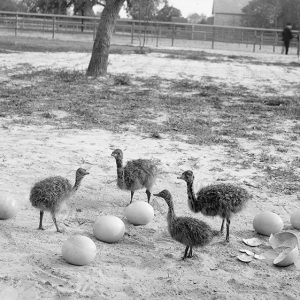 Ostrich Hatchlings
Ostrich Hatchlings
Ouachita National Forest
Ouachita National Recreation Trail
Ouzts, Perry Wayne
 Freeman Owens Exhibit
Freeman Owens Exhibit
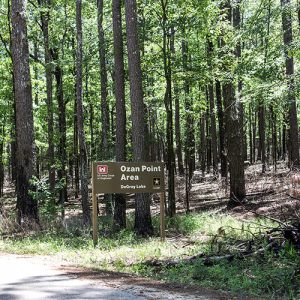 Ozan Point
Ozan Point
Ozark Arts and Crafts Fair
aka: War Eagle Fair
 Ozark Folk Center
Ozark Folk Center
 Ozark Folk Center
Ozark Folk Center
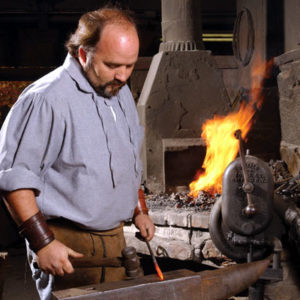 Ozark Folk Center Blacksmith
Ozark Folk Center Blacksmith
Ozark Folk Center State Park
Ozark Foothills FilmFest
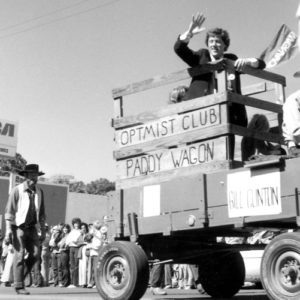 Ozark Frontier Trail Festival
Ozark Frontier Trail Festival
Ozark Golden Wedding Jubilee
Ozark Highlands National Recreation Trail
Ozark Mountain Folk Fair
Ozark Mountain UFO Conference
aka: Ozark UFO Conference
 Ozark Queen Display
Ozark Queen Display




